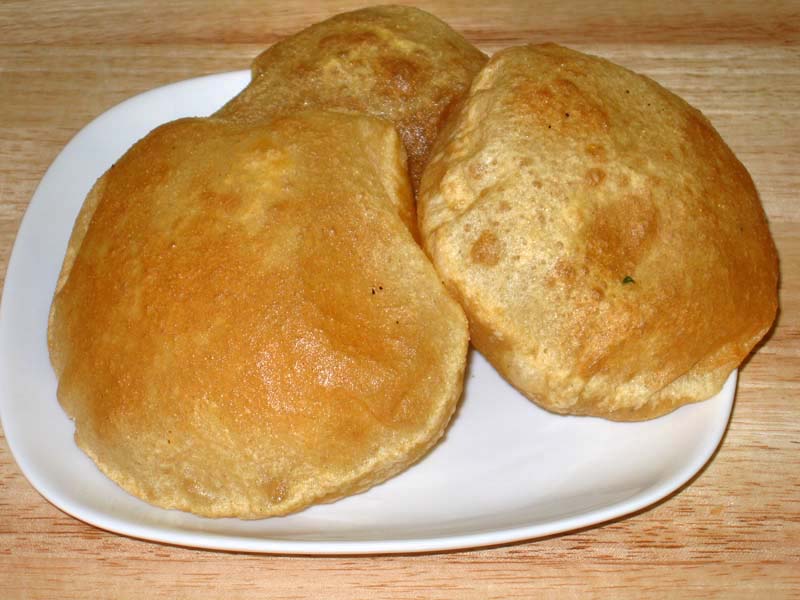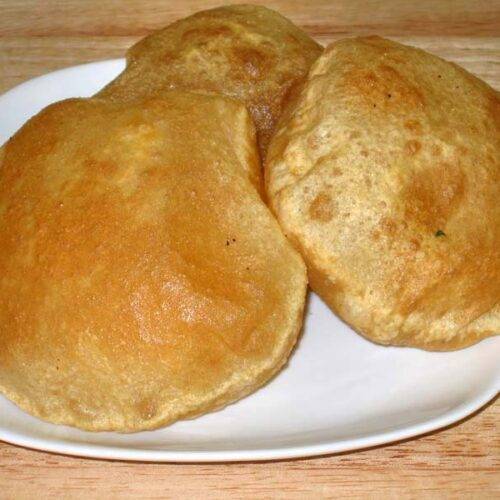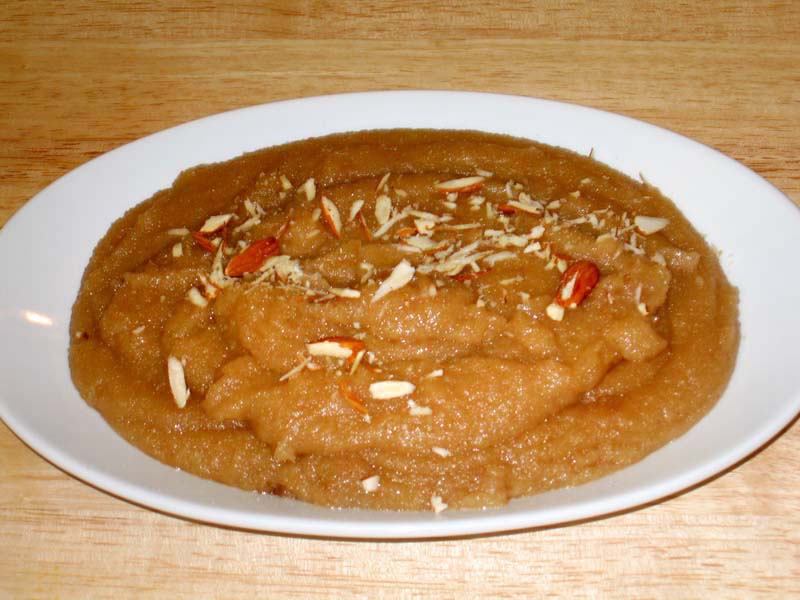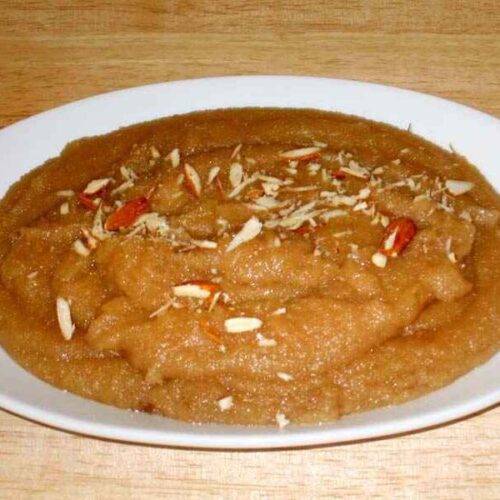Karwa Chauth Recipes: A Celebration of Tradition and Love
Karwa Chauth is a cherished festival where married women fast from sunrise to moonrise for the well-being and longevity of their husbands. This day is marked by a variety of traditional Karwa Chauth recipes that make the occasion even more special. Let’s explore some delicious recipes and other dishes that can enhance your celebration.
Sargi: The Pre-Dawn Meal
Sargi is the pre-dawn meal that women eat before starting their fast. It typically includes a mix of sweet and savory items to provide energy throughout the day. Here are some popular Karwa Chauth food recipes for Sargi:
- Pheni Kheer: A sweet, milky dessert recipe made with pheni (vermicelli), perfect for a nourishing start. This dessert is also a great addition to any Indian desserts spread.
- Aloo Paratha: A stuffed flatbread with a spiced potato filling, providing a hearty and filling meal. Aloo Paratha fits well within North Indian recipes and can also be enjoyed as a breakfast recipe.
- Dry Fruits and Nuts: An essential part of Sargi to provide sustained energy. Including roasted nuts aligns with healthy indian recipes.
Breaking the Fast: Dinner Recipes
After a day of fasting, the dinner post-moonrise is a grand affair. Here are some Karwa Chauth special recipes for a memorable dinner:
Dal Makhani is a rich and creamy lentil dish that is perfect for a festive dinner and can also be served as a main course recipe. Made with black lentils and kidney beans, this dish is often enjoyed with naan or rice. It’s a staple in North Indian recipes and a must-have on the Karwa Chauth dinner recipes.
Jeera Aloo is a simple yet flavorful dish made with potatoes and cumin seeds. This dish is quick to prepare and pairs well with puris or parathas, making it an ideal choice for an easy Karwa Chauth recipe. It’s also a favorite in Indian snacks and healthy recipes.
Paneer Butter Masala is a beloved dish featuring paneer cubes in a rich, buttery tomato sauce. This dish is not only delicious but also fits well within the Karwa Chauth Indian kitchen menu. It’s a popular dish in both Indian main course and paneer recipes categories.
Aloo Gobhi
Aloo Gobhi is a classic combination of potatoes and cauliflower cooked with aromatic spices. This dish is a favorite in many households and is perfect for a Karwa Chauth food recipe that is both comforting and satisfying.
Special Karwa Chauth Desserts
No festive meal is complete without desserts. Here are some sweet treats that are perfect for Karwa Chauth special recipes:
Gulab Jamun
Gulab Jamun are soft, spongy balls made from khoya, soaked in a fragrant sugar syrup. This dessert is a hit at any celebration and is a part of Indian desserts that you can’t miss.
Shahi Tukda
Shahi Tukda is a royal dessert made from fried bread slices soaked in flavored milk and garnished with nuts. It’s rich, creamy, and perfect for a festive occasion like Karwa Chauth.
Kesar Phirni
Kesar Phirni is a creamy rice pudding flavored with saffron. This dessert is easy to make and can be prepared in advance, fitting well into the easy Karwa Chauth recipes category.
Enhancing Your Karwa Chauth Feast
To make your Karwa Chauth feast even more delightful, explore related categories that complement these Karwa Chauth recipes. Adding Indian snacks like samosas and pakoras can provide a variety of flavors and textures. For a sweet ending, explore Indian desserts such as rasgulla and jalebi.
Incorporating healthy recipes like roasted nuts and fruit chaat can offer lighter options for your guests. Hosting a large gathering? The popular party recipe category is filled with dishes that are sure to impress your guests and make your celebration memorable. Including North Indian recipes like dal makhani or biryani can add a touch of authenticity to your meal.
Frequently Asked Questions (FAQs)
Q: What are some popular Karwa Chauth recipes?
A: Some popular Karwa Chauth recipes include Dal Makhani, Jeera Aloo, Paneer Butter Masala, Aloo Gobhi, Gulab Jamun, and Shahi Tukda.
Q: How can I make traditional Karwa Chauth food at home?
A: To make traditional Karwa Chauth food at home, try recipes like Dal Makhani, Paneer Butter Masala, and Gulab Jamun. These recipes are simple to prepare and capture the essence of the festival.
Q: What are some Karwa Chauth special food ideas for a party?
A: Some Karwa Chauth party food ideas include Dal Makhani, Paneer Butter Masala, Aloo Gobhi, and Shahi Tukda. These dishes are flavorful and perfect for celebrations and gatherings.
Q: Can I prepare Karwa Chauth food in advance?
A: Yes, many Karwa Chauth food items can be prepared in advance and stored. Sweets like Gulab Jamun and Shahi Tukda can be made ahead of time, while dishes like Dal Makhani and Paneer Butter Masala can be prepped and refrigerated.
Q: What are some healthy options for Karwa Chauth food?
A: Some healthy options for Karwa Chauth food include roasted nuts, fruit chaat, and steamed dishes like Aloo Gobhi.
Conclusion
Karwa Chauth recipes are a celebration of rich flavors and traditional preparations. Whether you’re looking for Karwa Chauth dinner recipes or Karwa Chauth special recipes, these dishes will bring joy and satisfaction to your table. So, gather your ingredients, try out these recipes, and create unforgettable meals with your loved ones. Don’t forget to explore related categories for more delightful recipes from Manjula’s Kitchen!
By incorporating these dishes into your Karwa Chauth celebrations, you’ll be able to enjoy a wide variety of delicious and traditional foods. Whether you’re looking for sweets, snacks, or main courses, there’s a Karwa Chauth food recipe to suit every taste. Happy cooking and happy Karwa Chauth!




